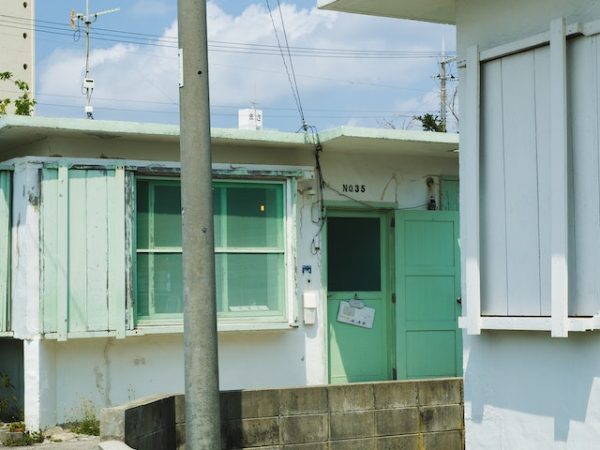Introduction
When it comes to buying or selling a property, knowledge is power. And that knowledge often begins with a property survey. Among the various types of surveys available, the RICS Level 3 Survey stands out as a comprehensive assessment designed to provide a detailed analysis of a property’s condition. In this blog, we’ll explore the RICS Level 3 Survey, its purpose, benefits, and what you can expect from this crucial step in the property purchasing process.
- What is the RICS Level 3 Survey?
The RICS Level 3 Survey, also known as the RICS Building Survey, is the most comprehensive survey offered by the Royal Institution of Chartered Surveyors (RICS). It is designed for properties that are older, larger, or in need of significant repairs and renovations. This survey provides a detailed and thorough assessment of the property’s condition, both inside and out.
- When is the RICS Level 3 Survey Necessary?
This type of survey is typically recommended for older properties or those with unique characteristics. It’s especially useful when:
a. Purchasing a historic property: Older properties often have unique features and potential issues that require in-depth examination.
b. Planning significant renovations: If you intend to make extensive changes to the property, a Level 3 Survey can identify any underlying structural or maintenance issues.
c. Concerns about the property’s condition: If you suspect there are hidden defects, structural problems, or maintenance issues, this survey can provide clarity.
- What Does the RICS Level 3 Survey Cover?
The RICS Level 3 Survey is a comprehensive assessment that covers various aspects of the property:
a. Structural integrity: It examines the property’s structural condition, including walls, floors, roofs, and foundations.
b. Damp and moisture issues: The survey assesses the presence of dampness, leaks, and condensation, which can lead to mold and other problems.
c. Roof and chimney condition: The surveyor checks the roofing materials, chimney stack, and associated components.
d. Plumbing and heating systems: The surveyor evaluates the condition and functionality of plumbing, heating, and electrical systems.
e. External features: The survey includes an examination of external walls, windows, doors, and any outbuildings or boundary walls.
f. Safety concerns: Safety issues such as fire hazards, asbestos, and other potential risks are assessed.
- Benefits of a RICS Level 3 Surveya. Informed decision-making: The survey provides a comprehensive view of the property’s condition, allowing buyers to make informed decisions.b. Negotiation leverage: Armed with the survey results, buyers can negotiate the purchase price based on necessary repairs or renovations.c. Future planning: For those planning renovations or improvements, the survey highlights areas that may require attention.d. Peace of mind: Sellers can also benefit by addressing any issues found in the survey, ensuring a smoother transaction.
- Choosing a Qualified Surveyor
Selecting a qualified RICS surveyor is crucial to the accuracy and reliability of the Level 3 Survey. Look for surveyors with RICS accreditation and relevant experience in assessing properties similar to the one you are interested in.
